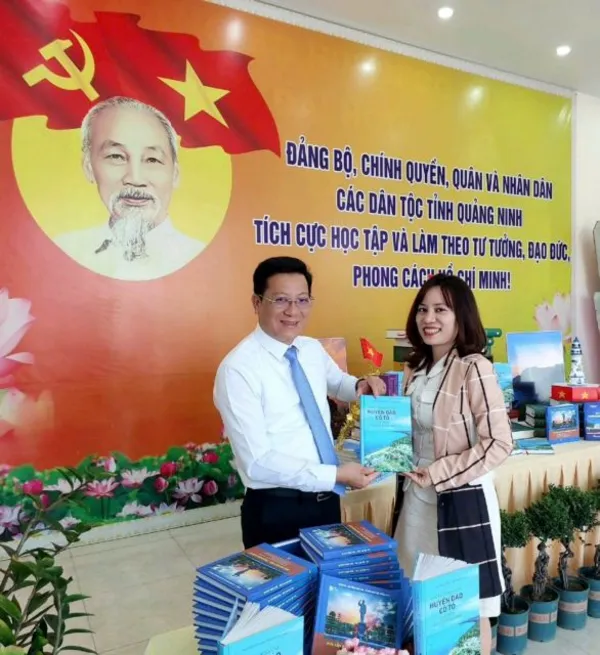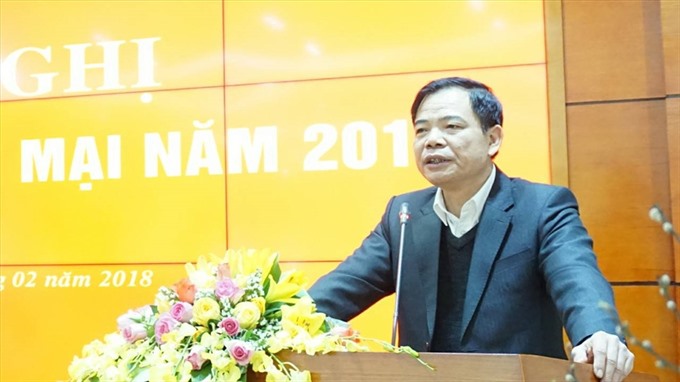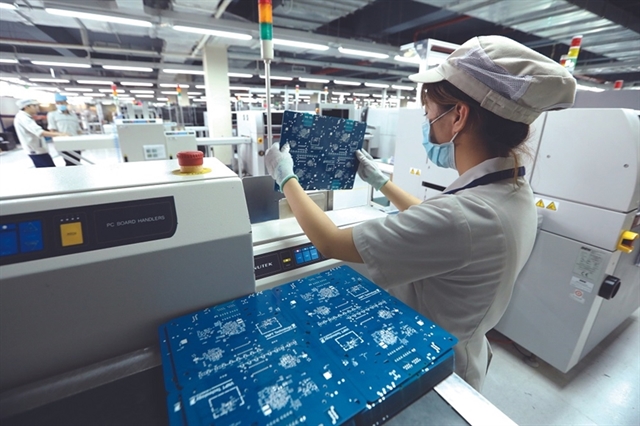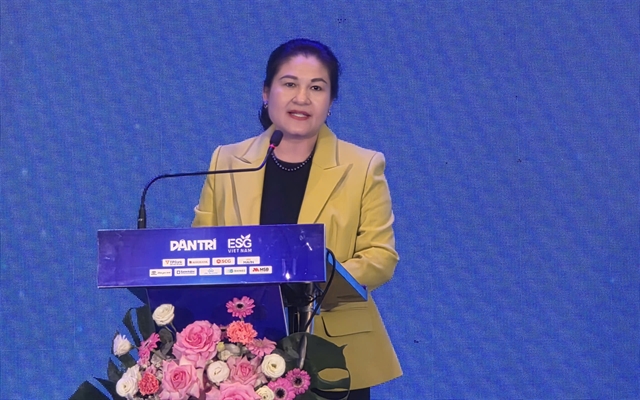 Opinion
Opinion

Nguyễn Xuân Cường, Minister of Agriculture and Rural Development talks to the newspaper Lao Động (Labour) about his ministry’s resolve to improve the nation’s image abroad.
 |
| Nguyễn Xuân Cường. — Photo laodong.vn |
Nguyễn Xuân Cường, Minister of Agriculture and Rural Development talks to the newspaper Lao Động (Labour) about his ministry’s resolve to improve the nation’s image abroad.
What were some of Việt Nam’s major achievements in 2017?
The year 2017 was the most challenging year for our agriculture. For example, 16 storms hit Việt Nam coupled with four low atmospheric pressure drives, heavy rainfall, flash floods and more.
According to initial reports the damage caused by natural disasters was estimated at VNĐ 60 trillion (US$2.646 billion). But a bright sight was that in 2017, the growth rate of our country’s primary industry reached 2.9 per cent – double that of 2016. Meanwhile exports of our agro-forestry and aqua products earned some $36.37 billion – an increase of more than $4 billion against 2015.
In 2017, some 3,100 communes nationwide became New Rural Areas, accounting for about 34.37 per cent against the target of 31 per cent. Meanwhile forest coverage area reached 41.45 per cent. All in all 2017, despite many difficulties and challenges, was a successful year for Việt Nam.
Though 2017 was a successful year for our primary industry, we still faced a problem of exporting many raw agricultural products. Do you have any comment on that?
Việt Nam is a major agro product exporter. But most of our exported agro products are raw materials or with a very small amount of processed products. This is a key reason why our export value was not high. In some cases, our products must carry foreign trademarks. This is food for thought for Việt Nam on how to improve the brand of our products.
Another weakness I should mention is the percentage of agriculture products which has been processed is very limited – just about 9 per cent. This is something we should improve 2018. We have already developed plans to build more processing plants to respond to the world market’s demands for food safety and criteria set by each country.
We’re now living in an era of the fourth industrial revolution, what should we do to encourage the farmers to invest in high tech?
In 2017 alone, some 2,000 State-owned enterprises invested in high tech – an increase of 20 per cent compared with the average from 2014-2016. We have some 5,700 enterprises which have applied high tech in production. Meanwhile, in 2017 alone, some 1,200 new co-operatives were established – an increase of four times since the 2012 Law on Co-operative came into force. This is a very important factor tightening co-operation between co-operatives and enterprises – a key element in the production chain.
However, to attract more enterprises to invest in agricultural production, the enterprises want the Government to focus more efforts on administrative reform and improving the investment environment.
In 2018, the MARD aims to achieve $40 billion in agro products exports. How will you achieve this target?
As we all know, climate change and sea level rises are two major challenges for our agriculture production.
For the Cửu Long (Mekong) delta, in the past our development focused on rice-aqua products and fruits. But now the strategy has changed a little bit in the order as aqua products, fruit and rice. Of which, Tra fish and shrimp are the spearhead products.
Also in 2018, the MARD will arrange direct working sessions in the three tiers – national, provincial and locality. For example, at the provincial level, its potential remains very strong in terms of special products like Hưng Yên Province, in the north which is well known for its longans, Cao Lãnh city in Đồng Tháp Province (in the south) is well known for its mangoes and others. Meanwhile at local level, each village or commune has its own special product. Quang Ninh Province in the north already has some 290 products.
The MARD has also adopted a road map for the next few years, particularly the establishment of a value chain from farm to fork. We set a target that by 2020 our agricultural products will achieve the goal of high value added with sustainable development. These are the two most important factors for us to gain a firm foothold in the global chain of agro products.
I’m confident that the achievements gained in 2017 will serve as a foundation for Việt Nam to enter 2018 with more confidence and more successes.
In 2018, the MARD vows to focus efforts on the administrative reform while adopting new policies to encourage more enterprises to invest in agriculture and act as a bridge to link the Vietnamese market with foreign markets, including demanding markets like the US, EU, Japan, Australia, South Korea and Russia._VNS




